Urban Elegance
From Agios Therapontas to the countryside of Sourada, Aklidiou, Makris Gialos, Kioski, and Varia, the magnificent mansions of Mytilene take you back in time.
In the writings of Odysseus Elytis, Lesvos –his beloved homeland– with its red and fertile soils that nourish the people, flora and fauna, emerges as a poetic place. A part of this dreamy landscape is the mansions of Mytilene, signs of a period of unprecedented economic prosperity with roots in the 18th and early 19th centuries.



Largely due to the advent of the Industrial Revolution, which saw the introduction of modern, steam-powered mills on the island, the production and trade of olive oil flourished. Concurrently, the industries of soap making experienced significant growth. Mytilene’s port transformed into a pivotal transit hub, with laden ships departing for destinations such as Constantinople, Smyrna, Alexandria, Marseille, and Trieste.


A plethora of consulates, banks, and trading houses emerged, signalling the flow of capital and the movement of people. In 1905, despite Mytilene’s modest population of 17,000 residents, the city boasted a three-storey hotel, 26 restaurants, two cinemas, two theatres, a chamber of commerce, a hospital, and a French school. This environment fostered the rise of a distinguished bourgeoisie composed of industrialists, shipowners, prominent merchants, bankers, landowners, and affluent Lesvians of the diaspora, all possessing wealth and refined tastes.
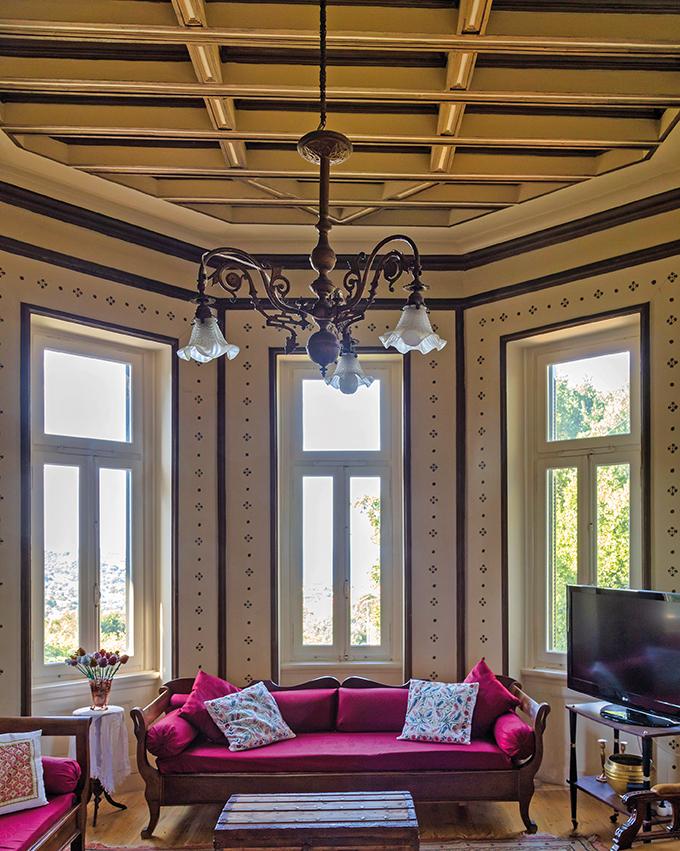
The bourgeoisie was characterised by its openness to the West, which infused it with fresh values and aesthetic trends – a cultural exchange reflected in their lifestyle, art, and architecture. As emblems of prestige and ostentatious displays of wealth, the mansions of Mytilene incorporate a myriad of European elements, borrowing from styles such as Baroque, Rococo, neo-Gothic, Renaissance, and neoclassical, or a harmonious blend of these influences. These grand country villas and stately homes, with their expansive, meticulously maintained gardens, multi-storey structures crowned with towers, marble adornments, columns, gables, sweeping staircases, painted ceilings, frescoes, and intricate carvings, encapsulate the unencumbered and cosmopolitan lives of the rich. The ladies of these mansions would embark on journeys as far as Paris and Vienna to procure furniture, paintings, dinnerware, custom-made pianos, and china etched with their monograms. Some even ventured to Constantinople for the sole purpose of acquiring a single, exquisite hat.
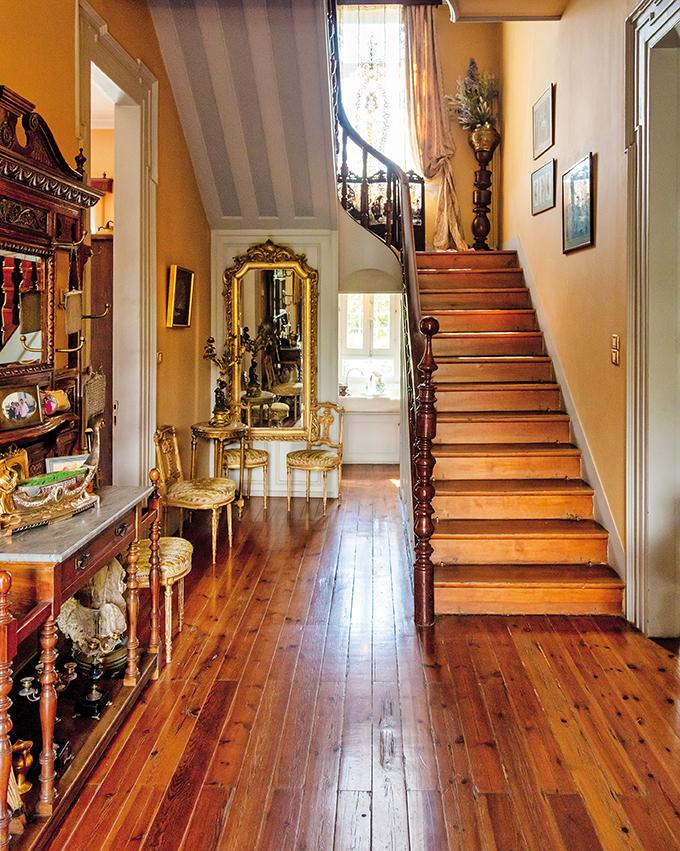
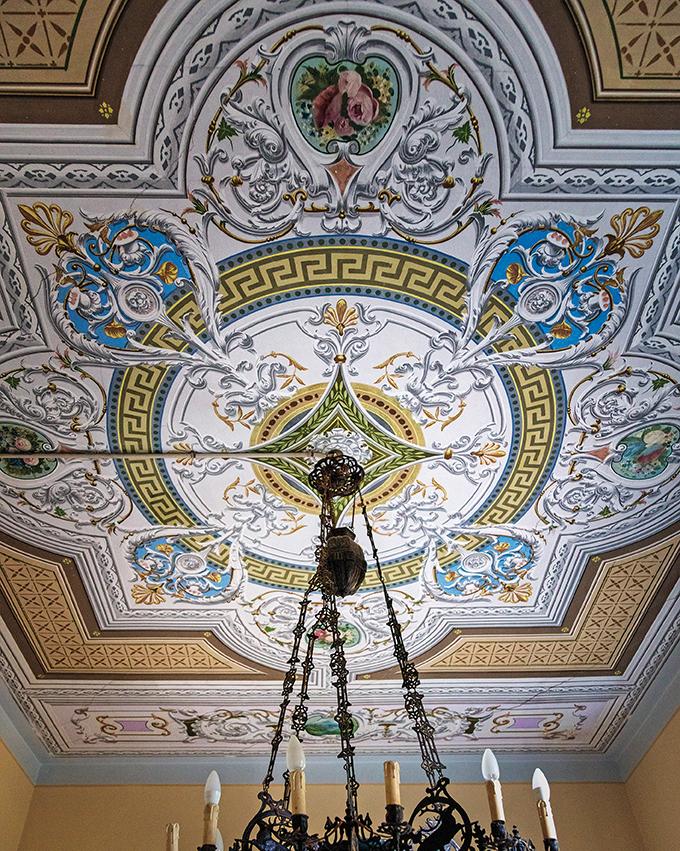
The Alepoudelis Mansion, affectionately known by locals as The Mansion of Elytis, has a storied past. The Nobel Prize-winning poet, born into a well-to-do family –the son of industrialist soap maker Panagiotis Alepoudelis and Maria Vrana, the daughter of an oil merchant from Papados– would spend his summers in Mytilene at his uncle Thrasyvoulos Alepoudelis’ country estate. This elegant neoclassical seaside residence, constructed in 1910, also played host to notable figures such as Eleftherios Venizelos, Admiral Kountouriotis, Yannis Tsarouchis, and Andreas Embirikos, the latter being a close friend of Elytis.

Erected in 1927 on the banks of the Alisida River, the stately mansion of Alexandros Vostanis, a scion of an established family of landowners and prefects in Mytilene, is distinguished by the harmony of its architectural lines. It is rumoured that its construction required 9,000 British gold pounds.


In proximity to the river stands another mansion, that of Loukas Goutos, the son of a venerable Mytilene family, who amassed a considerable fortune through trade. The construction of his mansion spanned two years, from 1909 to 1911, and was masterfully designed by the renowned architect Ignatios Vafiadis in the Second Empire style, with interior decorations executed by painters from Smyrna.

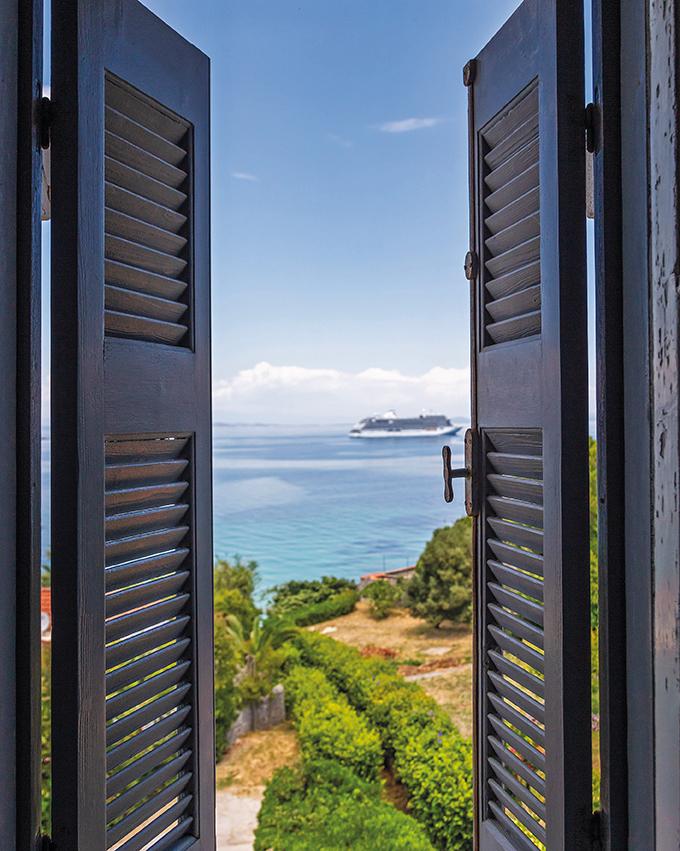
Situated on an expansive 20-acre plot at Akrotiri, the summer residence of Dr Michael Sourlagas was a testament to his lofty social standing, a reflection of his family’s ownership of one of the largest tanneries in the Balkans.

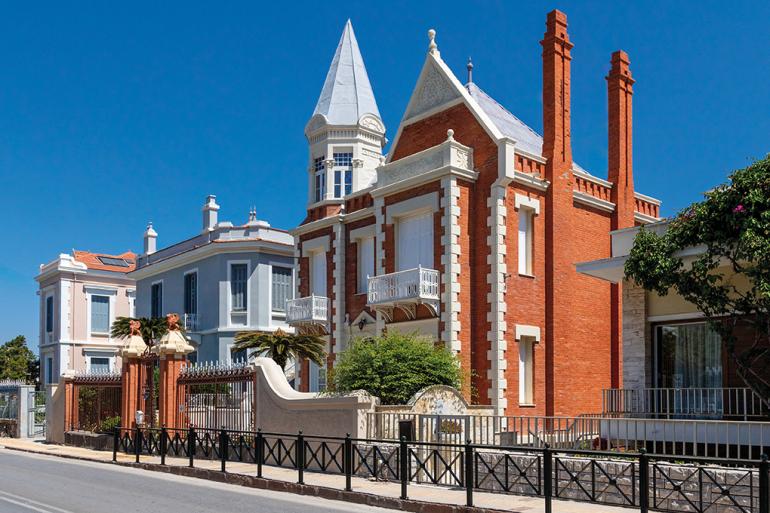
Lastly, the striking neo-Gothic mansion of Apostolos Efstratios, famously known as The Red Tower of Mytilene, was constructed in 1905, likely based on the designs of a foreign architect and funded by the substantial dowry from the owner's marriage to Meropi Christofidi, daughter of a wealthy merchant of the diaspora, amounting to 30,000 gold pounds! No extravagance was spared in its creation; even the renowned red bricks of the Tower were custom-ordered from Marseilles.
_______________________________________
TEXT : KALLIA KASTANI
PHOTOS : PERIKLIS MERAKOS


YOU MAY ALSO LIKE
WHERE OUZO REIGNS
Life in Colour
The Boiler Whistles Again